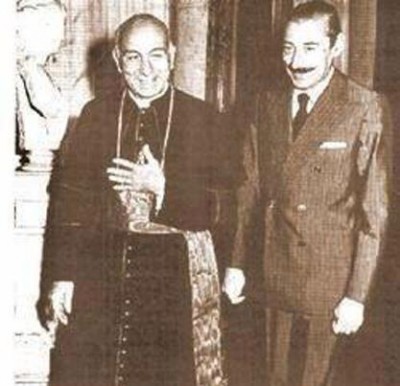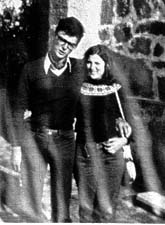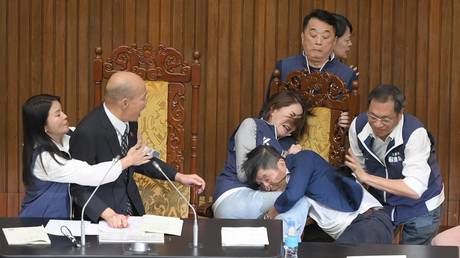Video: Who Was Pope Francis Before He Became Pope?

Most of the information on how Father Bergoglio’s supported Argentina’s military junta’s “Dirty War” in the 1970s was known and documented prior to his accession to Vatican.
The media was complicit through omission. The Catholic hierarchy turned a blind eye. They were fully aware of Bergoglio’s insidious role.
The military government headed by General Jorge Videla acknowledged in a Secret Memo that Father Bergoglio had (without evidence) accused the two priests of having established contacts with the guerilleros, and for having disobeyed the orders of the Church hierarchy (Conflictos de obedecencia). It also stated that the Jesuit order had demanded the dissolution of their group and that they had refused to abide by Bergoglio’s instructions.
The document acknowledges that the “arrest” of the two priests, who were taken to the torture and detention center at the Naval School of Mechanics, ESMA, was based on information transmitted by Father Bergoglio to the military authorities.
 María Marta Vásquez, her husband César Lugones (see picture right) and Mónica Candelaria Mignone allegedly “handed over to the death squads” by Jesuit “Provincial” Jorge Mario Bergoglio are among the thousands of “desaparecidos” (disappeared) of Argentina’s “Dirty War”, which was supported covertly by Washington under “Operation Condor”. (See memorialmagro.com.ar)
María Marta Vásquez, her husband César Lugones (see picture right) and Mónica Candelaria Mignone allegedly “handed over to the death squads” by Jesuit “Provincial” Jorge Mario Bergoglio are among the thousands of “desaparecidos” (disappeared) of Argentina’s “Dirty War”, which was supported covertly by Washington under “Operation Condor”. (See memorialmagro.com.ar)
The accusations directed against Bergoglio regarding the two kidnapped Jesuit priests and six members of their parish are but the tip of the iceberg.
While Bergoglio was an important figure in the Catholic Church, he was certainly not alone in supporting the Military Junta.
Video Interview: Michel Chossudovsky
Author’s Note
From the outset of the military regime in 1976, I was Visiting Professor at the Social Policy Institute of the Universidad Nacional de Cordoba, Argentina. My major research focus at the time was to investigate the social impacts of the deadly macroeconomic reforms adopted by the military Junta.
I was teaching at the University of Cordoba during the initial wave of assassinations which also targeted progressive grassroots members of the Catholic clergy.
The Northern industrial city of Cordoba was the center of the resistance movement. I witnessed how the Catholic hierarchy actively and routinely supported the military junta, creating an atmosphere of intimidation and fear throughout the country. The general feeling at the time was that Argentinians had been betrayed by the upper echelons of the Catholic Church.
Three years earlier, at the time of Chile’s September 11, 1973 military coup, leading to the overthrow of the Popular Unity government of Salvador Allende, I was Visiting Professor at the Institute of Economics, Catholic University of Chile, Santiago de Chile.
In the immediate wake of the coup in Chile, I witnessed how the Cardinal of Santiago, Raul Silva Henriquez –acting on behalf of the Catholic Church– courageously confronted the military dictatorship of general Augusto Pinochet.



